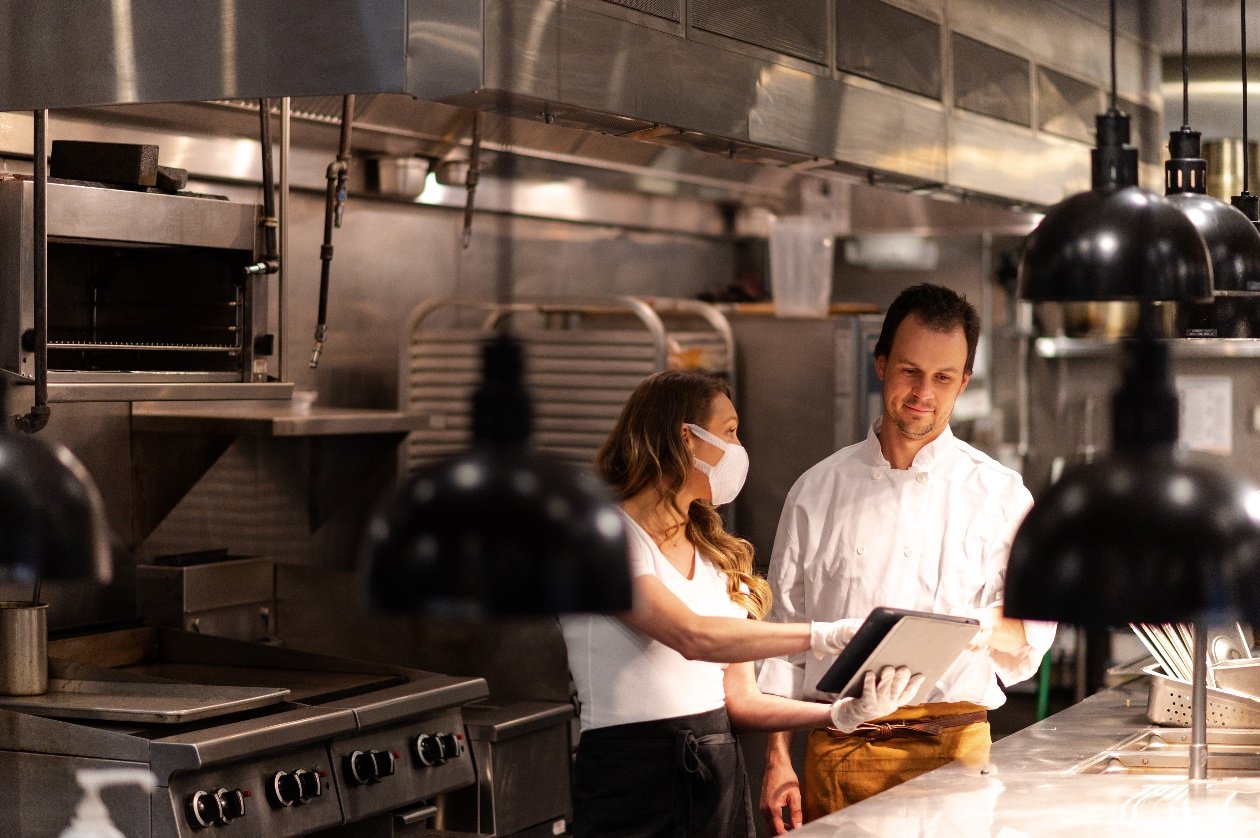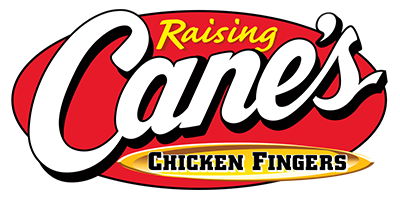
From ensuring food safety to managing supplier relationships, the demands on restaurant operators are extensive. Thankfully, modern quality and compliance software offers robust solutions to help streamline these processes.
This blog covers how restaurants are leveraging software to manage quality and compliance, illustrating how these tools can enhance efficiency, safety, and customer satisfaction across various aspects of their operations.
Daily opening & closing checklists
Managers use operational software to automate daily checklists for opening and closing procedures, ensuring consistency across all locations. The software also sends reminders and alerts managers if tasks are not completed on time, ensuring adherence to brand standards.
Food safety audits
Restaurants can schedule, conduct, and document food safety audits through audit management software. The system generates audit reports, tracks corrective actions, and stores records for future reference, helping the brand stay compliant with food safety regulations.
Brand standards management
Policy management software ensures that every location adheres to brand-specific operational and service standards by distributing guidelines, monitoring compliance, and providing tools to report and correct deviations.
Regulatory compliance
Restaurants use compliance management systems to stay compliant with local, state, and federal regulations by managing documentation, tracking compliance tasks, and scheduling regular audits. The system can also provide updates on regulatory changes, ensuring that all locations remain compliant and avoid fines or penalties.
GFSI & SQFI audits
Restaurants seeking certification use audit management software to prepare for Global Food Safety Initiative (GFSI) and Safe Quality Food Institute (SQFI) audits. The automated tools help manage documentation, track compliance, and identify areas needing improvement before the audit.
HACCP compliance
Quality & compliance software helps in creating, implementing, and monitoring Hazard Analysis and Critical Control Points (HACCP) plans by logging critical control points, documenting corrective actions, and ensuring all team members follow the established protocols.
Health inspections
Restaurants leverage audit management software to prepare for health inspections by tracking compliance with local health codes, scheduling internal inspections, and ensuring corrective actions are taken promptly to address any violations.
Inventory management
Quality management software tracks inventory levels in real-time, alerting staff when stock is low or nearing expiration. It can also generate reports on usage patterns to optimize inventory ordering and reduce waste.
Menu planning
Quality & compliance helps streamline menu planning by ensuring all dishes meet nutritional guidelines and allergen requirements. It can analyze ingredient availability, cost, and supplier reliability, allowing the brand to create balanced, profitable menus that align with customer preferences and regulatory standards.
Ingredient mapping
Quality management systems enable comprehensive tracking of each ingredient from supplier to plate, ensuring transparency and safety throughout the supply chain. It can also monitor allergens, verify the origin of ingredients, and ensure compliance with labeling requirements, making it easier to maintain food safety standards and respond swiftly in case of recalls.
Equipment maintenance
Operational software schedules and tracks equipment maintenance, ensuring that all kitchen equipment is functioning correctly. It can alert staff when maintenance is due, reducing downtime and preventing equipment failure.
Waste tracking & reduction
Restaurants track food waste and identify patterns using audit management software. It can suggest changes to ordering, preparation, or portion sizes to reduce waste, helping the brand meet sustainability goals.
Labor scheduling
With activity management tools, restaurants optimize labor scheduling by aligning staffing levels with anticipated customer demand, reducing labor costs while ensuring adequate staffing for peak times.
Recall & withdrawal management
In the event of a product recall, recall management software can help trace affected products and notify all relevant locations quickly, ensuring prompt removal from shelves and minimizing customer exposure.
Incident reporting
Incident management software enables staff to report incidents such as foodborne illnesses or safety hazards directly through the platform. These reports are logged, analyzed, and used to implement corrective actions and prevent future occurrences.
Proactive risk assessment & mitigation
Restaurants use risk management software to perform regular risk assessments, identifying potential issues before they arise. The system can track and prioritize risks, assigning mitigation tasks to the appropriate team members.
Cleanliness & sanitation inspections
Digital auditing tools automate cleanliness and sanitation inspections, documenting results and ensuring that all areas meet the brand’s cleanliness standards. They can also schedule deep cleaning tasks and follow up on corrective actions.
Supplier management
Partner management software tracks supplier performance, including quality, delivery times, and compliance with food safety standards. It can also manage contracts, certifications, and audit schedules, ensuring a reliable supply chain.
Traceability & ingredient management
Restaurants also use quality management systems to trace every ingredient's journey from supplier to customer, ensuring that all components are safe, high-quality, and sourced responsibly. This is crucial for standards compliance—including dietary, allergen, and regulatory compliance standards— managing recalls, and maintaining customer trust.
Quality management
Quality management systems empower restaurants to uphold and enhance food and service quality by systematically tracking performance metrics, such as product consistency. It can identify trends, flag issues, and facilitate continuous improvement efforts, ensuring that every location consistently delivers the brand’s standard of excellence.
Product specifications management
Quality management software manages product specifications, ensuring that all menu items are prepared according to the brand’s standards. It can also track changes in recipes or ingredient sourcing and ensure that all locations are updated in real-time.
Product monitoring
Quality management tools will continuously monitor product quality from preparation to service. For example, it can track the temperature of food items during storage and service, ensuring that all products are safe and meet quality standards. Alerts can be generated if any product falls outside acceptable parameters, allowing immediate corrective actions.
Quality assurance
Auditing software can also streamline the quality assurance process by automating inspections and audits. For example, it can guide staff through standardized QA checklists during each shift, ensuring that all products meet the brand’s quality criteria before being served to customers.
Ops efficiency & speed of service
Activity management software can optimize kitchen workflows by identifying bottlenecks and inefficiencies in the service process. For instance, it can monitor prep times, order accuracy, and delivery speed, providing insights that help reduce wait times and improve overall service efficiency.
Temperature monitoring
Safety management software can automate temperature monitoring for both storage and cooking equipment. For example, it can continuously log refrigerator and freezer temperatures, sending alerts if temperatures fall outside of safe ranges. This helps prevent food spoilage and ensures compliance with food safety standards.
Take your restaurant brand to the next level with CMX1
As the restaurant industry continues to evolve, the importance of maintaining rigorous compliance and quality standards cannot be overstated.
The use cases highlighted in this post demonstrate how software solutions are becoming indispensable for restaurant brands striving to achieve operational excellence. By automating daily tasks, enhancing safety protocols, and ensuring regulatory compliance, these digital tools empower restaurants to focus on what they do best: delivering exceptional dining experiences to their customers.
CMX1 is helping some of the top restaurant brands in the world digitally transform operations to ensure consistently high standards for customer service and dining experiences. To learn more about how we can help your restaurant do the same, schedule a demo here.





